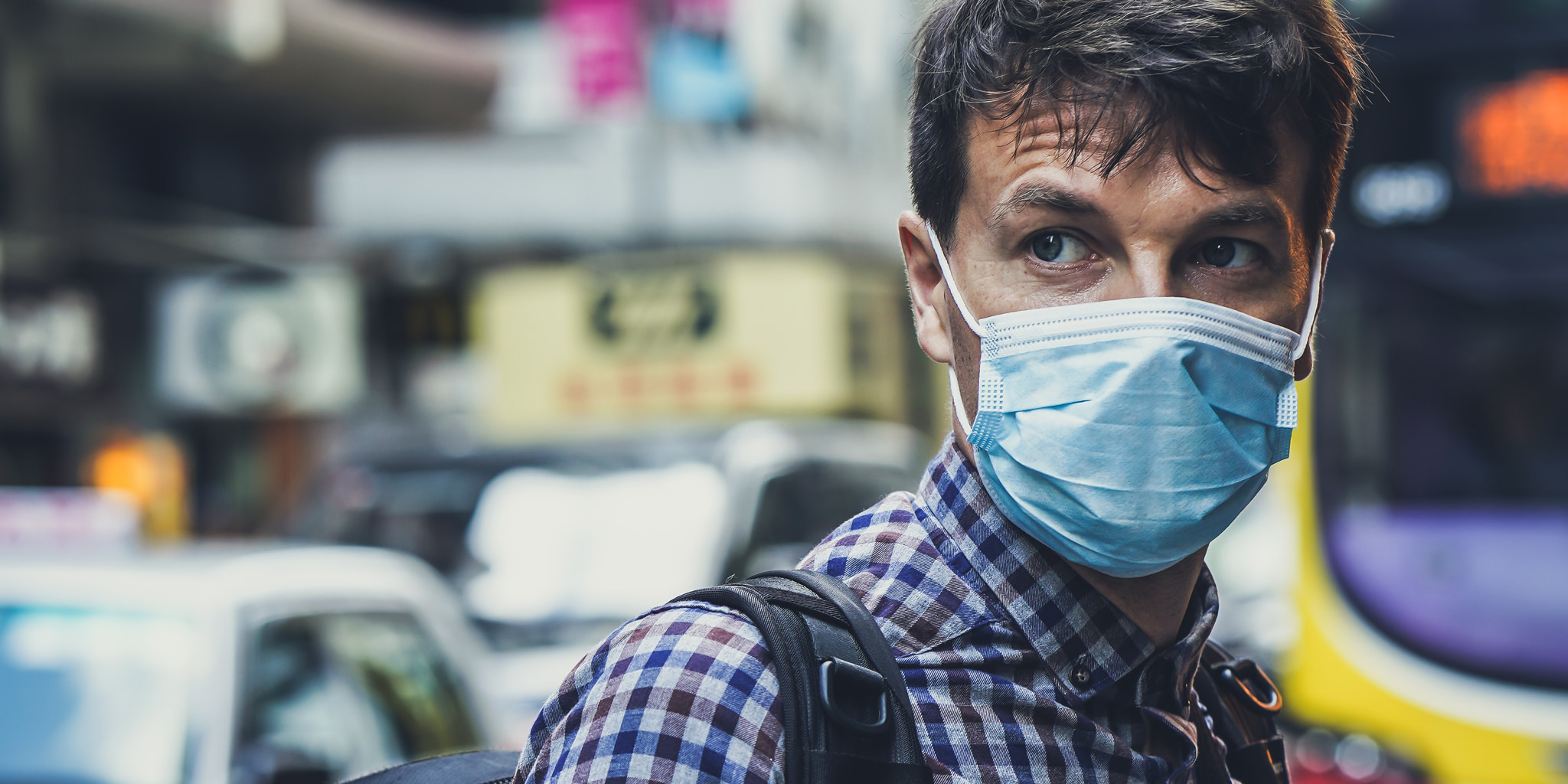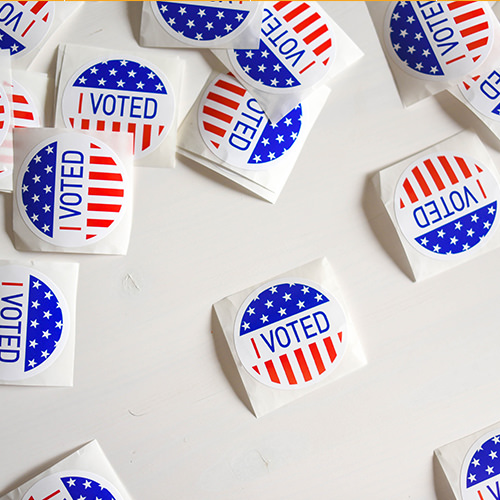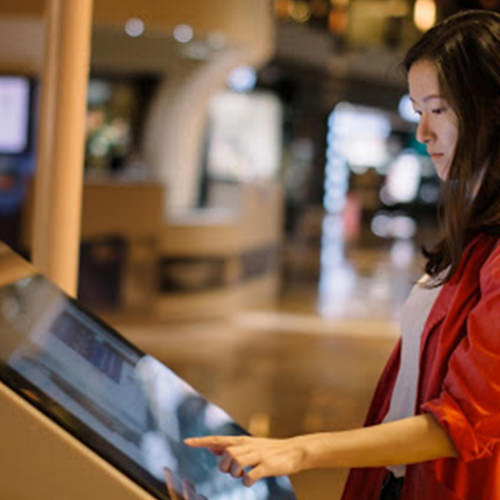As of May 22, the COVID-19 death toll in the United States has passed 95,000. The response to the coronavirus pandemic has upended the global economy, ravaged the lives of billions globally, and forced entire industries to adapt.
Contact tracing offers hope for relief from the inevitable onslaught of COVID-19. By tracing everyone who’s been in contact with an infected individual, it is possible for those who may have been exposed to the virus to isolate in order to prevent more infections. There is some excitement in the news about its success in South Korea, Germany, and China.
Historically, contact tracing was used to combat sexually transmitted diseases and tuberculosis. Diseases best suited for contact tracing typically:
- Are infectious and spread through a known method
- Have novel characteristics that require additional studying
- Are exceptionally harmful
Manual contact tracing, where individuals are interviewed about potential contacts, is time-consuming and expensive. However, it’s one of the most effective methods for mitigating the spread of an infectious, dangerous disease with novel characteristics like COVID-19.
21st-century technology affords the ability to trace contact quickly and at scale. 81% of the US population owns a smartphone. Rather than relying on recruiting armies of tracers, individuals can self-trace and notify others in seconds, not days or weeks. The partnership with Apple and Google to build a Bluetooth solution is especially promising:
The API will let those apps use a phone’s Bluetooth radios—which have a range of about 30 feet—to keep track of whether a smartphone’s owner has come into contact with someone who later turns out to have been infected with Covid-19[sic]. Once alerted, that user can then self-isolate or get tested themselves.1
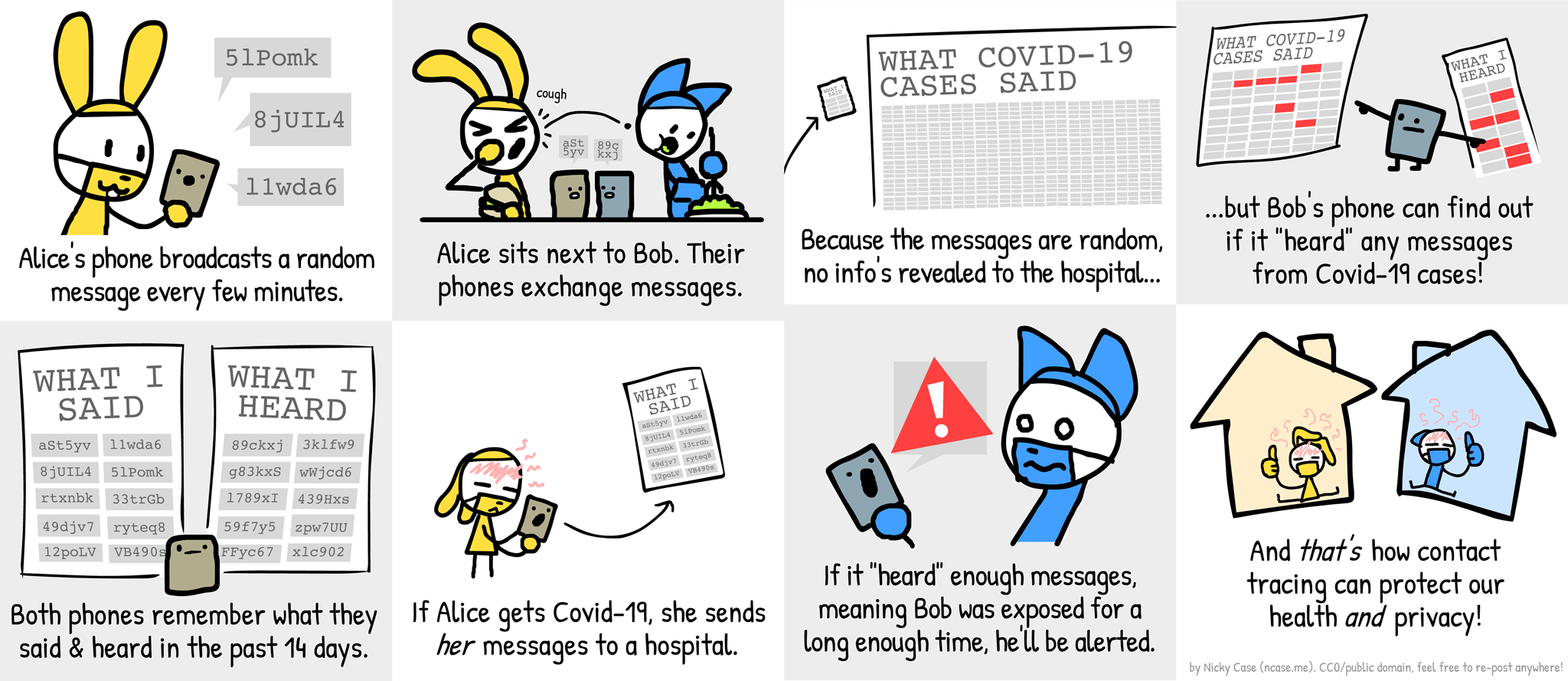
There’s a seductiveness to thinking the pandemic can be solved through the ubiquity of technology. However, contact tracing still needs many prerequisites in order to be effective:
- The rules on the ground are far different in the United States than in East Asia. Americans put a premium on perceived privacy and individual freedom. In a recent survey, 50% of smartphone users have already said they won’t use the Apple-Google contact tracing app.
- Unlike countries like South Korea or China, we don’t have a head start when it comes to monitoring people because of (important) constitutional and legal restrictions. By contrast, in Germany, contact tracing was done manually due to strict digital surveillance laws.
- Contact tracing alone is insufficient; it must be combined with testing. Otherwise, individuals won’t know to alert the system and remove themselves from the public and will continue to infect others.
- Contact tracing as a technology inherits many of the same problems as other connected health solutions, such as ensuring interoperability and mitigating the ability for the system to be hacked or attacked.
That aside, digital contact tracing—if done properly—may save lives. It’s not clear yet, but it may be more rapid and less resource-intensive than manually tracking individuals. It also brings with it a wealth of data that can be used to track the pandemic’s spread through a population, should we choose to use it. How do we make it work?
From the technology side, the answer lies with data privacy, security, and ethically-designed IoT solutions. We don’t have to sacrifice safety or freedom for health, but we need to be thoughtful designers and engineers.
The government side of contact tracing is more complicated. As mentioned above, in order to be effective, these programs require some level of enforced use alongside access to testing. These are challenges that can’t be solved with technology, but require bipartisan support to fix.
Keep the Lines of Communication Open
At Cantina, we typically advocate for open platforms and standards for many reasons, one being the ability to introduce new participants onto a platform. However, interoperability is a bugbear healthcare can’t escape. No one is helped if we build a myriad of contact tracing apps that can’t communicate with each other.
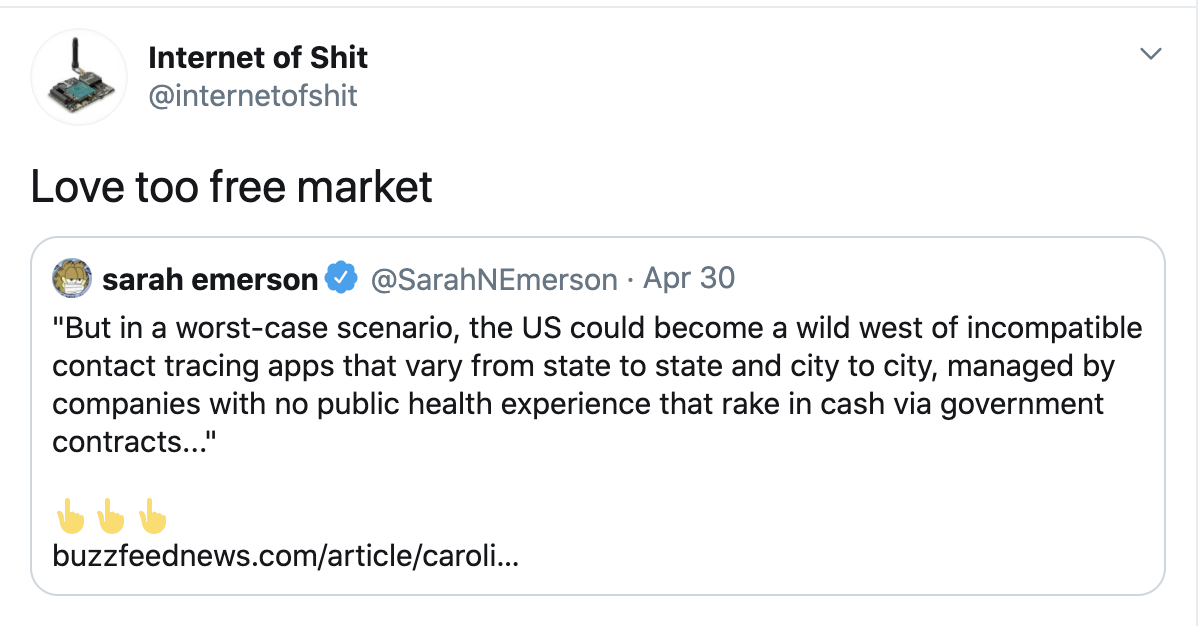
Individualism vs. Collective Safety
Unfortunately, for these apps to be effective, they can’t be opt-in. This poses a variety of issues, but it’s especially critical for giving health officials insight into the spread of the virus through populations over time.
As the Wired article points out, despite Apple and Google choosing a more privacy-intensive model, there is still potential for this new API to access the identities of COVID-positive people or other personal data. Much more rigorous privacy and security, along with transparency about how data is being used, is going to be needed to convince people that this is in their best interest.
Particularly after incidents like Cambridge Analytica, transparency into what’s being done with your data and giving you control over it will make the difference between adoption and rejection. As David Blumenthal points out, a federal law protecting consumer data is long overdue. It would not be the first article of legislation passed to help fight COVID-19. The government can go a step further, and explicitly outline that the set of technologies used to combat the disease are only permissible for public health risks like the outbreak. This would alleviate concerns that, like the PATRIOT Act, it would eventually be misused in the name of combating terrorism.
Contact tracing—like wearing masks, like social distancing, like quarantine—also has to enter our lexicon in the war on coronavirus. Using a contact tracing app has to be seen as a civic duty and a signifier for patriotism—a digital flag we wave to demonstrate our concern for our fellow Americans.
Keep Data Safe
Contact tracing apps require a mix of both protected health data (PHI) and non-health data. PHI in particular is often sought out for research studies in healthcare, and can potentially be damaging because it can contain deeply personal information about an individual. Aggregating data anonymously respects the rights of individuals while still allowing us to track them.
| Case Management | Proximity Tracking | |
|---|---|---|
| Benefits | Tracks infected individuals closely, and follow up on their condition | Allows for a degree of anonymity - tracks whether someone was within range of a potential infection site |
| Challenges |
Greater risk of exposing individuals to public scrutiny Reliant on manually tracing and interviewing affected individuals |
Logistically challenging to rapidly deploy across spread-out
populations Because Bluetooth/GPS doesn't account for obstructions, may result in false negatives (or false positives) |
Further, making sure that this information doesn’t leave their phones (or encrypted systems of their choice) minimizes attack vectors. One of the benefits of IoT comes from edge devices. These are peripheral devices on the network that individually have very little computing power, but provide data and other services to the IoT network in aggregate. The access these devices have to the rest of the system is limited for security reasons.
In many ways, contact tracing is the inverse of a traditional IoT model—the devices on the edge (phones) are quite capable from a computing and information standpoint. Therefore, the pipeline to deliver data to the system should know as little as possible about the edge device and its owner, and the origin of the data needs to be obscured.
Bad IoT is Worse Than No IoT at All
With every device added to an ecosystem, there are potential new entry points for gaining unauthorized access to data. Even authorized partners can misuse data if the proper precautions aren’t taken. Consider some of the new technologies being rapidly rolled out:
- Smart thermometers
- Pulse oximeters
- Glasses for scanning for fevers
- Gathering data from fitness trackers for early detection
- Tracking heatmaps across a space over time
When we’re building our network to catch and contain COVID, we must weigh how much these new devices need to know about what else is happening across the platform and carefully restrict access to the network. Case in point: Sharp’s IoT network was inadvertently taken down because of increased traffic to their online store.
Technology and Government, Working Together to Save Lives
IoT solutions are incredibly powerful when used correctly. Aggregating anonymous population health data and acting decisively will accelerate the United States’ efforts to fight coronavirus. Now that we’ve passed 1.4 million cases and are #11 in the world in deaths per capita, such action is desperately needed to turn the tide and flatten the curve. The tech industry and Capitol Hill can work together to end the greatest crisis of our generation.
-
How Apple and Google Are Enabling Covid-19 Bluetooth Contact-Tracing ↩
